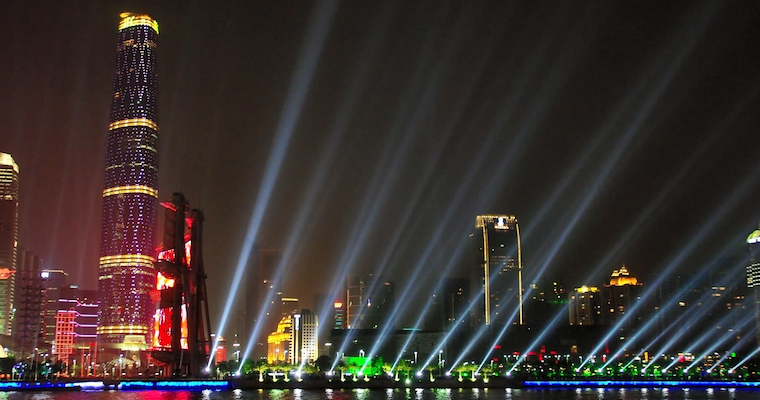
Entrepreneurial Ecosystems: What They're Made of and How They Work
Cultural, social and material factors -- all interrelated and infused with a helpful spirit towards new ventures -- create cities and regions that help entrepreneurs thrive.

Cultural, social and material factors -- all interrelated and infused with a helpful spirit towards new ventures -- create cities and regions that help entrepreneurs thrive.

These factors have helped St. Louis and other regions and universities evolve to create vibrant innovation economies rooted in entrepreneurial activity.

A conference tested in Minnesota helps connect the people who encourage entrepreneurship in their communities.

Legendary people and settings often emerge by accident, but it takes deliberate effort to cement their impact on entrepreneurial history.

Tesla and Oracle are leaving; employees are working productively from home; and companies are re-thinking office space. Could Silicon Valley be the next Detroit?

Some entrepreneurs are moving to rural towns for the low-cost, easygoing lifestyle -- and finding success..
Who knew that Cleveland was the Silicon Valley of the 19th century! Here's how office parks, cities and regions make the magic happen for entrepreneurship.
Entrepreneurial Ecosystems

Location, location, location. That's what matters when a government finances innovation and lacks resources to pick the winners.

Entrepreneurs often feel compelled to move to a region that is a hub for their specific industry. They shouldn't be so hasty to pack their bags.

Check out this video of Techstars leaders Brad Feld and Kartik Varma discussing entrepreneurial ecosystems.




Supported by the Richard M Schulze Family Foundation